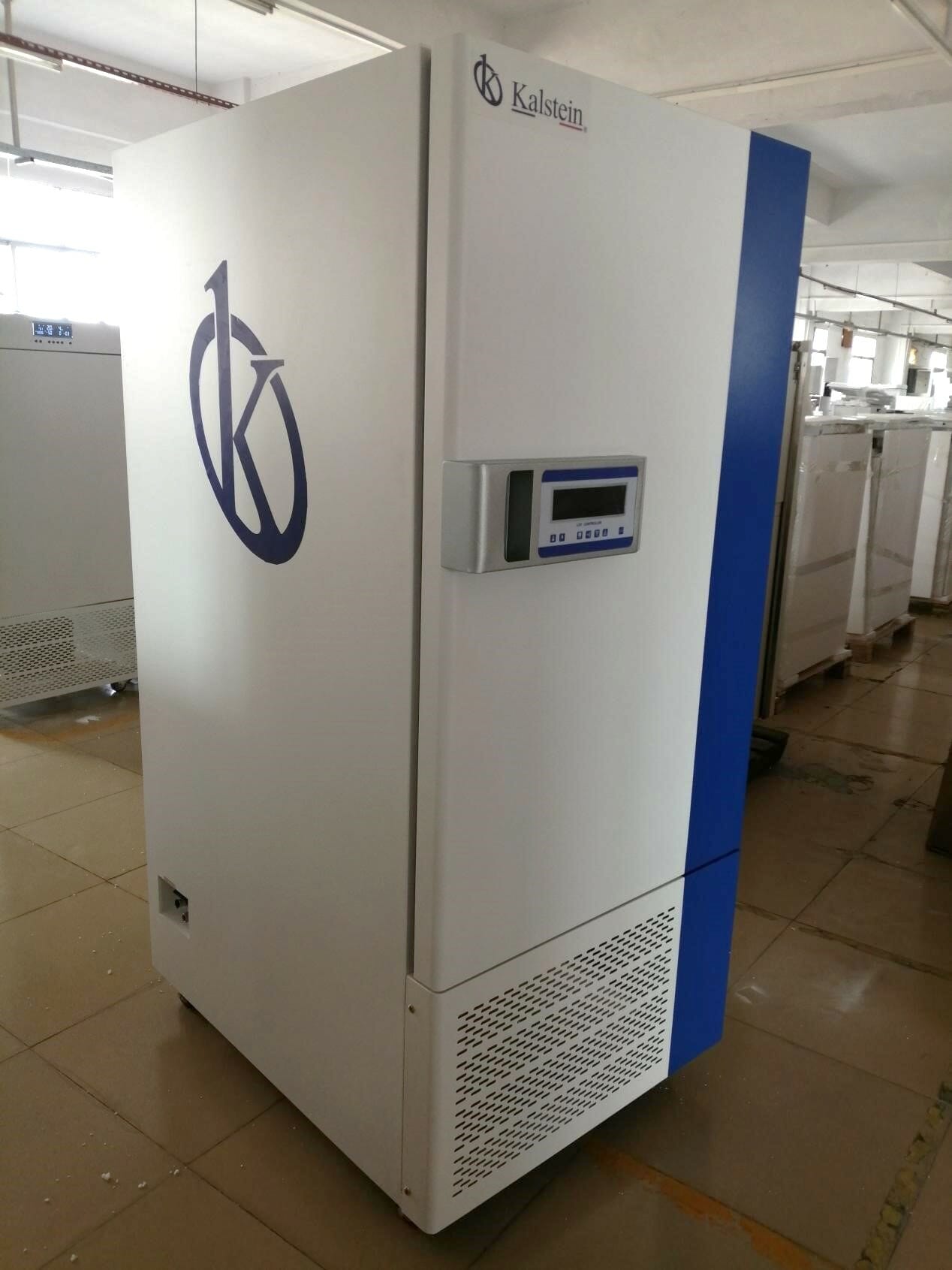Pharmaceutical products must comply with a validation procedure called a stability test. The criteria that define this test are regulated by different bodies. Stability tests in the pharmaceutical industry allow us to predict the possible variation of a drug’s quality over time, due to different environmental conditions, such as temperature, humidity and exposure to light. This test must be done before the drug is available on the market.
An important part of the stability test is the assessment of compatibility between the pharmaceutical product and the packaging. In the pharmaceutical sector, the packaging of products is an essential part, because packaging provides a level of protection and minimizes the loss of constituents. However, it may also affect drug stability and thus directly compromise the safety of drug use.
What is the meaning of compatibility between the pharmaceutical product and the packaging?
In order to ensure the safety of the pharmaceutical product, the packaging used for medicinal products must meet certain compatibility requirements, i.e. it must not interact physically or chemically with the medicinal product to such an extent that it may alter its quality or pose a risk of toxicity. It has been shown that the quality of medicinal products can be affected by their interaction with materials used in the primary packaging. For example, diazepam may be absorbed by the plastics in its containers, causing a loss of the drug.
Compatibility studies assess packaging that is in direct contact with the pharmaceutical product, to check for changes in packaging, the magnitude of changes and their effects on the effectiveness, stability and safety of pharmaceutical products.
If the pharmaceutical product is not compatible with the packaging, visible signs such as softening of the plastic and leakage of the product through the packaging wall may occur. However, there may be incompatibility and no visible signs of incompatibility.
How can the chemical resistance of drug containers be evaluated?
These assessments are done with drug stability chambers. In the first part of the stability test, drugs are evaluated to measure their sensitivity to temperature, humidity, and lighting. Its activity is checked after exposure to these conditions and its degradation products are checked for being hazardous to humans. The stability test requires constant temperature, humidity and illumination throughout the duration of the test.
Then, the container is developed and the drug is evaluated again, within it, to assess compatibility between the two. If the drug and container pass the tests, they proceed to the next stage of the stability test, which is long-term storage, with a minimum duration of 12 months. Otherwise, alternative packaging should be sought. For example, if the container is clear and the drug is found to be sensitive to light, a container that provides protection from light should be designed.
The purpose of the stability test is to fully understand the risks involved in the drug. Improper storage, transport and use can promote the emergence of a different molecule, with potentially harmful side effects.
Kalstein climate chambers
At Kalstein we have a wide variety of YR series climate chambers for sale, whose characteristics depend on the model you choose. They have an efficient insulation system, which reduces energy consumption. They also have an ALLGENT™ humidification system that allows quality atomizations. In addition, they have an ALLFLOW air current system, which allows to maintain temperature and humidity in a continuous and stable manner, guaranteeing a favorable environment for testing and testing. Kalstein climate chambers feature an ergonomic design that offers operational comfort, dot matrix LCD screen, double layer insulation design and an internal door that allows easy observation of samples. For more information on the Kalstein climate chambers, visit the HERE
We are manufacturers, so in Kalstein you can make the purchase of climate chambers at advantageous prices. For more detailed information, visit HERE

